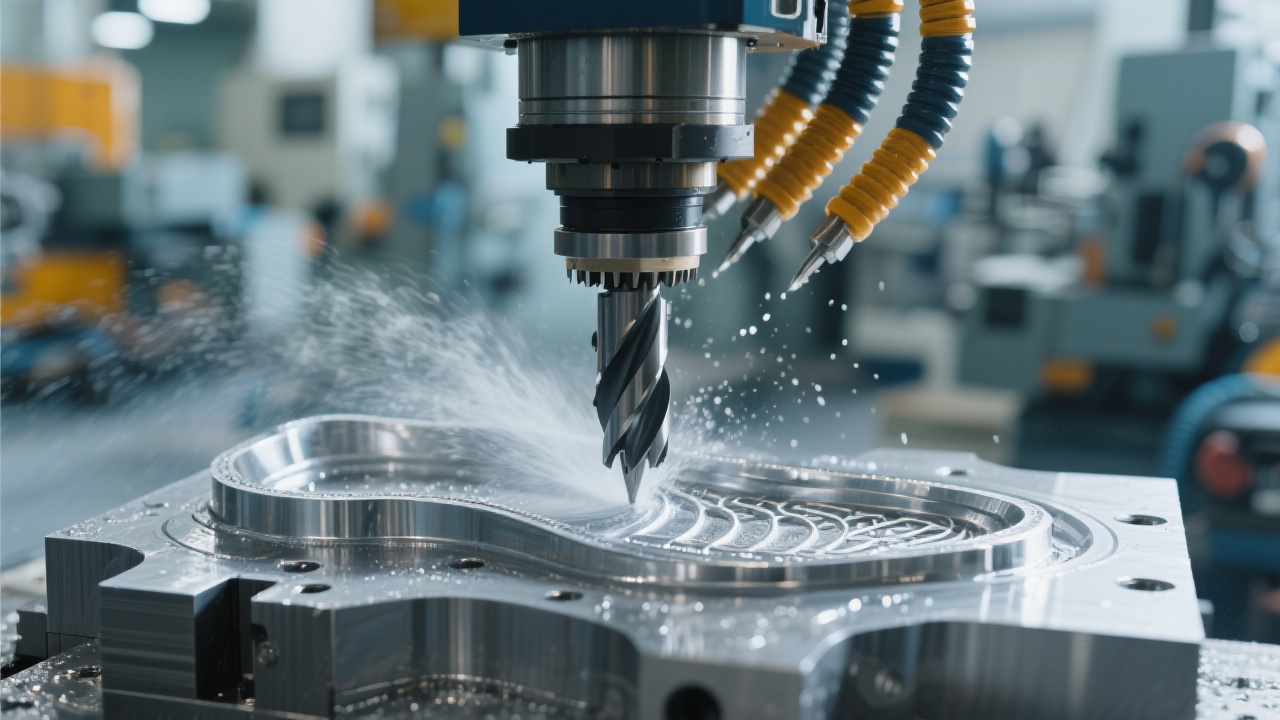
As a shoe mold manufacturer, you're likely no stranger to the common challenges in the shoe mold manufacturing process. Issues like burrs on irregular patterns and positioning errors are not only headaches but also directly impact the quality and efficiency of your products. So, how can we address these long - standing problems?
Irregular patterns on shoe soles often result in burrs during processing. These burrs not only affect the aesthetics of the mold but also require additional post - processing, increasing labor costs. Positioning errors are another common problem. Traditional processing methods may lead to inaccurate positioning, causing dimensional deviations in the final product and even scrapping the entire mold. For example, in the production of high - heel shoe molds, a small positioning error can lead to a significant difference in the final shoe's fit.
The five - axis linkage technology is based on the X/Y/Z linear axes plus two rotating axes working in synergy. This allows the cutting tool to reach any angle and position on the workpiece. For instance, if you think of a complex shoe mold as a three - dimensional object, the five - axis machine can move along the three linear axes and rotate around the two additional axes, enabling it to process every part of the mold precisely. This is a revolutionary technology compared to traditional processing methods.
| Aspect | Traditional Three - Axis Machining | Five - Axis Machining |
|---|---|---|
| Number of Clamping | Often requires 3 or more times of clamping for complex molds | Only needs 1 time of clamping, reducing clamping errors |
| Efficiency | Lower efficiency due to multiple clamping and re - positioning | Significantly higher efficiency as it can complete complex processing in one go |
| Surface Quality | May leave tool marks and have lower surface finish | Can achieve a smoother surface finish, improving the overall quality of the mold |
As shown in the table, the five - axis machining has obvious advantages in many aspects. For example, in terms of clamping, the reduction from 3 times to 1 time not only saves time but also reduces the chance of errors caused by multiple clamping.
In the production of high - heel shoe soles, the five - axis machine can accurately process the complex curves and slopes. For sports shoe irregular patterns, it can also process the unique shapes with high precision. The machine can adapt to different types of shoe molds, whether it's a simple design or a complex one with irregular patterns. This flexibility makes it very suitable for the production of multi - variety and small - batch shoe molds.

One of our clients, a medium - sized shoe mold manufacturer, was facing the problem of low efficiency in multi - variety production. After introducing the five - axis machining technology, they found that the production efficiency increased by 40%. They were able to produce more varieties of shoe molds in the same time frame, and the quality of the molds also improved significantly. This case shows that the five - axis machining technology can effectively improve the production efficiency and quality in multi - variety and small - batch production scenarios.
If you're considering upgrading your equipment or optimizing your process, we suggest starting with a single - model trial production. This way, you can verify the actual effect of the five - axis machining technology without a large - scale investment. You can gradually expand the application scope based on the trial results. By doing so, you can reduce risks and ensure a smooth transition to the new technology.
Five - axis machining technology can help you improve your delivery ability, reduce the cost of manual intervention, and enhance your market competitiveness. Are you ready to take the first step in upgrading your shoe mold manufacturing process? Click here to learn more about how five - axis machining can transform your business. We'd love to hear your thoughts and experiences. Leave a comment below!

